“Ellis Island represents America’s attempt to regulate who could and could not come through this country.” — Vincent Cannato
People are moving more freely across borders and continents and this has kept the topic of immigration in the world’s headlines and sparked widespread protests.
The Pew Research Center projects that by 2050, more than one-third of US schoolchildren “younger than 17 will either be immigrants themselves or the children of at least one parent who is an immigrant.”
Ellis Island is a small island with a monumental history. Millions of immigrants who came to America came through Ellis Island. They came to escape poverty and religious persecution in their own countries. They came inspired by a great country that offered hope and opportunity.
Vincent J. Cannato is associate professor of history at the University of Massachusetts, Boston. He received his BA with honors in Political Science from Williams College and his PhD in History from Columbia University. His critically acclaimed book, American Passage: The History of Ellis Island, tells the extraordinary story of the roles played by “the immigrants, officials, interpreters, and social reformers” whose lives were touched by Ellis Island. Cannato’s book also explores the “politics, prejudices, and ideologies that surrounded the great immigration debate.”
What can we learn from the past at a time when the immigration debate is so relevant? The Global Search for Education is honored to welcome Dr. Vincent Cannato.
“Immigrants were processed and “undesirable” immigrants were excluded. However, less than 2 percent of those who arrived at the island were eventually sent back to their homelands.”– Vincent Cannato
Vincent, what is the global significance of Ellis island?
Ellis Island saw a large wave of immigrants coming through its processing center between 1892 and the 1920s. Thought mostly from Europe, some of these immigrants also hailed from the Middle East, the Caribbean, and Asia. During this time, Ellis Island became a symbol for potential immigrants about the hoops they had to pass through in order to enter the country. Today, the island is a nostalgic monument for those descended from immigrants who passed through. And more broadly, Ellis Island represents America’s attempt to regulate who could and could not come through this country.
What do you believe is the most important thing people should know about this island?
Understanding what happened on the island helps us to understand how the U.S. processed immigrants in the past. Immigrants were processed and “undesirable” immigrants were excluded. However, less than 2 percent of those who arrived at the island were eventually sent back to their homelands. It represents a constant push and pull between the desire to admit and the desire to exclude.
What issues led 19th century Americans to feel that Italian immigrants were a poor fit for democratic citizenship? What ended up happening with Italian immigrants and what does that teach us about immigration concerns in America today?
Every immigrant group had attached to them some negative trope. The criticism of Italians was that many were illiterate and that they were often prone to violence. The stereotype of the Italian with a dagger in his hand was common. Many Italian immigrants were also birds of passage, who went back and forth between the U.S. and Italy. Large numbers of Italians waited years before becoming naturalized citizens, leading some Americans to argue that they were not assimilating. Today, we see that Italian immigrants and their descendants have assimilated into American society and have made many contributions to American culture.
“Throughout most of American history, there has been a bias in favor of those who could take care of themselves and a bias against those it was believed could not and therefore would become public charges. Today we tend to favor immigrants who have direct relatives already in the U.S..”– Vincent Cannato
What similarities do you see between immigration issues today and in the past — perhaps for example, those surrounding the Immigration Act of 1924?
One can always see similarities and dissimilarities in the past. I wouldn’t be too quick to compare today to 1924, when very strict quotas were placed on immigrants, biased especially against all of those who were not from Northern Europe. For all of the talk about restriction — which really has been around for a couple of decades — the U.S. continues to admit around one million legal immigrants each year. Nearly all of the talk about “restricting” immigration deals with those who are here illegally or who are “undocumented.” Attempts at restricting legal immigration have gone nowhere. There is some movement in Congress right now to propose a bill to restrict legal immigration. However, the restriction would be nowhere as extreme as the 1920s quota laws, and the bill most likely will not pass Congress.
A theme of American immigration has historically been distinguishing between desirable and undesirable immigrants. What bearing does this theme have on America today?
Immigration to the U.S. is relatively finite. Americans, through their elected representatives in Congress, decide what kinds of immigrants we will admit and which kinds of immigrants we won’t admit. Throughout most of American history, there has been a bias in favor of those who could take care of themselves and a bias against those it was believed could not and therefore would become public charges. Today we tend to favor immigrants who have direct relatives already in the U.S. — that is a modern way that we define “desirability.” To a lesser extent, we also admit immigrants with skills, but that is a much smaller proportion of immigrants than those with family relations.
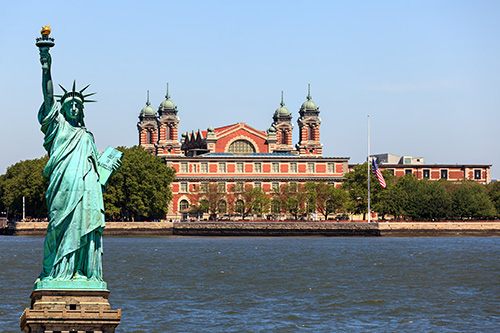
“Understanding the past helps us to understand that Americans are always debating immigration. The devil is, of course, in the details about who gets into the country and who doesn’t, but the debate is a constant.” — Vincent Cannato
How will multi-cultural evolution continue to mold the US as a nation?
Obviously, America was multicultural long before “multiculturalism” was fashionable. Today, we are seeing immigrants from China, Mexico, India, Haiti, and the Middle East, very different from the immigrants who mostly arrived from Europe during the Ellis Island period. We can already see the influence of these immigrant groups on American culture and society and that process should continue to evolve as time passes.
How has racial tension and the legacy of white supremacy played a role in the history of immigration in America?
Race always has played a role in American society. In terms of immigration, we see that most clearly in first the exclusion of most Chinese immigrants starting in the 1880 and then gradually encompassing most Asian immigrants.
How would you best advise a class of your students to think about immigration in the world looking forward?
There is nothing new about the controversies that we currently experience. Understanding the past helps us to understand that Americans are always debating immigration. The devil is, of course, in the details about who gets into the country and who doesn’t, but the debate is a constant.
(All Photos are courtesy of CMRubinWorld)
C. M. Rubin and Vincent Cannato
Join me and globally renowned thought leaders including Sir Michael Barber (UK), Dr. Michael Block (U.S.), Dr. Leon Botstein (U.S.), Professor Clay Christensen (U.S.), Dr. Linda Darling-Hammond (U.S.), Dr. MadhavChavan (India), Professor Michael Fullan (Canada), Professor Howard Gardner (U.S.), Professor Andy Hargreaves (U.S.), Professor Yvonne Hellman (The Netherlands), Professor Kristin Helstad (Norway), Jean Hendrickson (U.S.), Professor Rose Hipkins (New Zealand), Professor Cornelia Hoogland (Canada), Honourable Jeff Johnson (Canada), Mme. Chantal Kaufmann (Belgium), Dr. EijaKauppinen (Finland), State Secretary TapioKosunen (Finland), Professor Dominique Lafontaine (Belgium), Professor Hugh Lauder (UK), Lord Ken Macdonald (UK), Professor Geoff Masters (Australia), Professor Barry McGaw (Australia), Shiv Nadar (India), Professor R. Natarajan (India), Dr. Pak Tee Ng (Singapore), Dr. Denise Pope (US), Sridhar Rajagopalan (India), Dr. Diane Ravitch (U.S.), Richard Wilson Riley (U.S.), Sir Ken Robinson (UK), Professor Pasi Sahlberg (Finland), Professor Manabu Sato (Japan), Andreas Schleicher (PISA, OECD), Dr. Anthony Seldon (UK), Dr. David Shaffer (U.S.), Dr. Kirsten Sivesind (Norway), Chancellor Stephen Spahn (U.S.), Yves Theze (LyceeFrancais U.S.), Professor Charles Ungerleider (Canada), Professor Tony Wagner (U.S.), Sir David Watson (UK), Professor Dylan Wiliam (UK), Dr. Mark Wormald (UK), Professor Theo Wubbels (The Netherlands), Professor Michael Young (UK), and Professor Minxuan Zhang (China) as they explore the big picture education questions that all nations face today.
The Global Search for Education Community Page
C. M. Rubin is the author of two widely read online series for which she received a 2011 Upton Sinclair award, “The Global Search for Education” and “How Will We Read?” She is also the author of three bestselling books, including The Real Alice in Wonderland, is the publisher of CMRubinWorld and is a Disruptor Foundation Fellow.
Follow C. M. Rubin on Twitter: www.twitter.com/@cmrubinworld

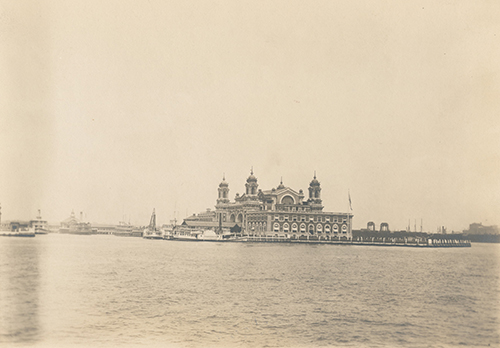
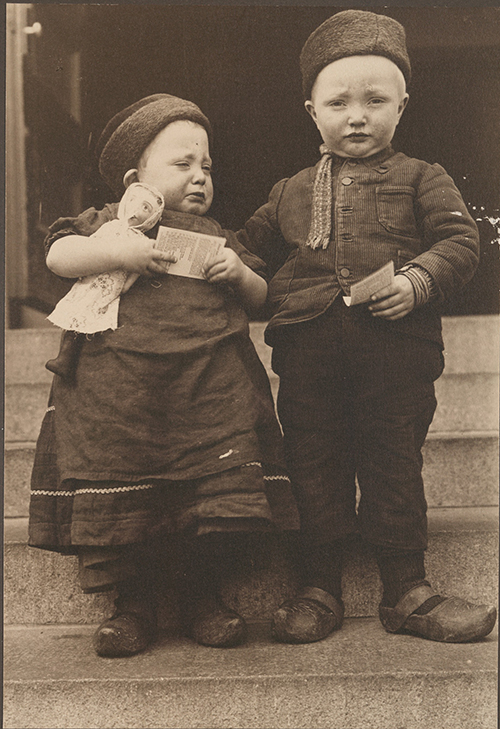
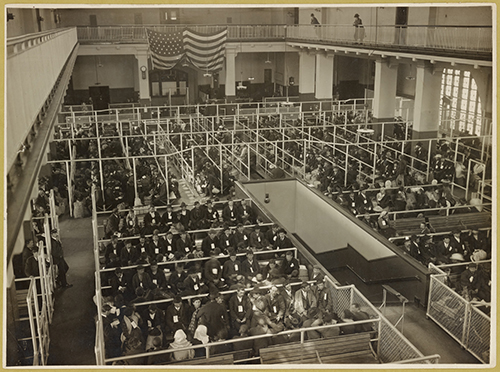
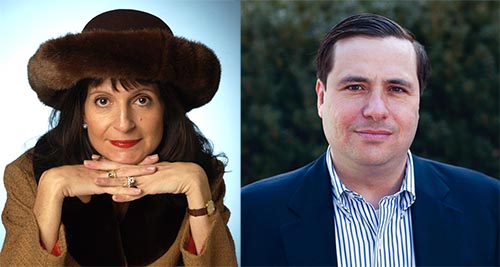

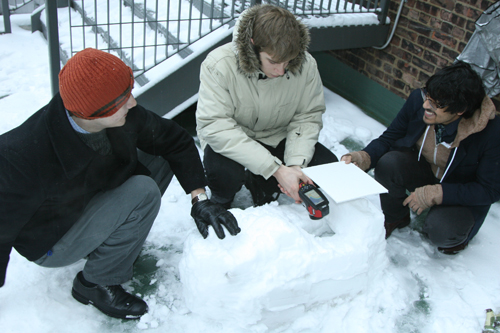
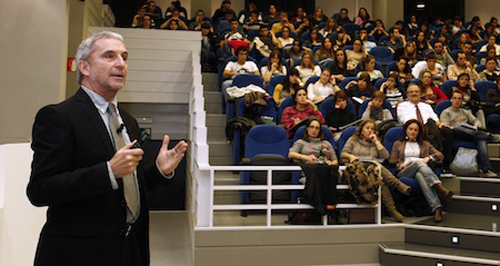
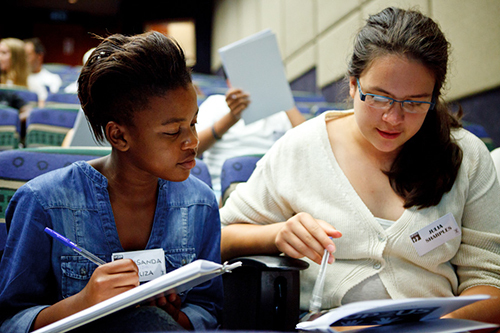
Recent Comments